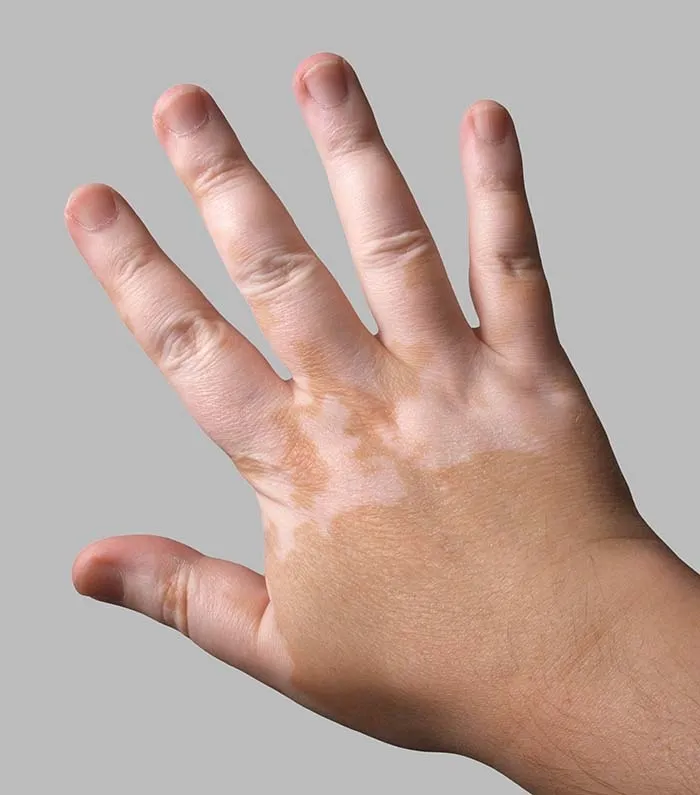The Skin Whitening Craze Overview
Skin whitening, also known as skin lightening or bleaching, is a cosmetic practice aimed at reducing the melanin pigment in the skin to give it a lighter appearance. This practice has become increasingly popular worldwide, driven by various cultural and societal pressures that often associate lighter skin with beauty, status, and attractiveness. However, the pursuit of a lighter complexion frequently involves the use of products and procedures that can carry significant health risks, some of which can lead to severe and potentially life-threatening diseases. It is crucial to understand the motivations behind skin whitening and the associated health hazards to make informed decisions about skin care practices.
Understanding Skin Whitening
Skin whitening works by interfering with melanin production, the pigment responsible for skin color. Products used for this purpose often contain active ingredients like hydroquinone, corticosteroids, and mercury. These substances inhibit the enzyme tyrosinase, which is essential for melanin synthesis. While some skin whitening treatments are prescribed by dermatologists to treat hyperpigmentation conditions, the unregulated use of such products for cosmetic purposes poses serious health risks. The intensity of the treatment, the concentration of active ingredients, and the duration of use all play a role in the severity of the potential side effects and diseases that may arise.
Why People Opt for Skin Whitening
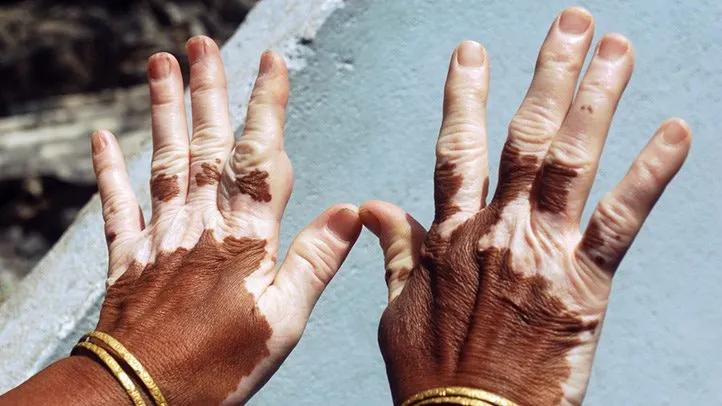
The motivations for skin whitening are complex and multifaceted, often deeply rooted in cultural and societal norms. In many cultures, lighter skin is associated with beauty, social status, and economic opportunities. Media representations and advertising campaigns frequently reinforce these associations, creating a societal pressure to conform to certain beauty standards. Additionally, some individuals seek skin whitening to address issues such as hyperpigmentation or uneven skin tone caused by sun damage, acne scars, or other medical conditions. Understanding these underlying factors is essential for addressing the practice of skin whitening safely and ethically.
Top 5 Dangerous Diseases Linked to Skin Whitening
1 Mercury Poisoning
Mercury is a toxic heavy metal often found in skin-whitening creams, particularly in products that are not regulated. Mercury inhibits melanin production but can cause severe health problems upon absorption through the skin. Mercury poisoning can manifest in several ways, including neurological problems, kidney damage, and skin discoloration. The use of mercury-containing products is particularly dangerous due to the potential for chronic exposure and bioaccumulation of the metal in the body.
Symptoms of Mercury Poisoning
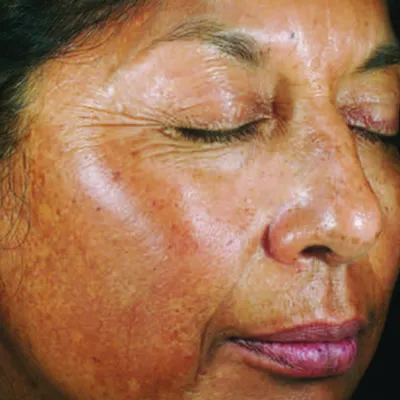
Symptoms of mercury poisoning can vary depending on the level and duration of exposure, but commonly include tremors, irritability, memory loss, and neurological disturbances. Skin may develop a grayish discoloration, and the kidneys may be damaged. In severe cases, mercury poisoning can lead to organ failure and death. Early detection and treatment are crucial to mitigate the damage and prevent long-term health complications. If you suspect mercury poisoning, seeking immediate medical attention is essential.
Sources of Mercury Exposure in Skin Whitening
Mercury exposure in skin whitening typically comes from creams, soaps, and lotions that contain mercury compounds. These products are often manufactured without proper oversight and may not list mercury as an ingredient. Consumers may unknowingly use products that contain high levels of mercury, increasing their risk of poisoning. Some traditional remedies also contain mercury, and imported products may pose a higher risk due to less stringent regulations in their countries of origin. Always check the ingredient list of products you use and look for certifications that ensure safety.
2 Steroid-Induced Skin Thinning
Steroids are sometimes added to skin-whitening products to achieve quick results, but they can have serious side effects. Prolonged use of topical steroids can lead to skin thinning, making the skin more vulnerable to damage, infections, and bruising. This thinning can also cause visible blood vessels, stretch marks, and impaired wound healing. Steroid-induced skin changes are often irreversible, highlighting the importance of avoiding products with undisclosed steroid content and seeking professional dermatological advice before using any skin-whitening product.
Risks Associated with Steroid Use
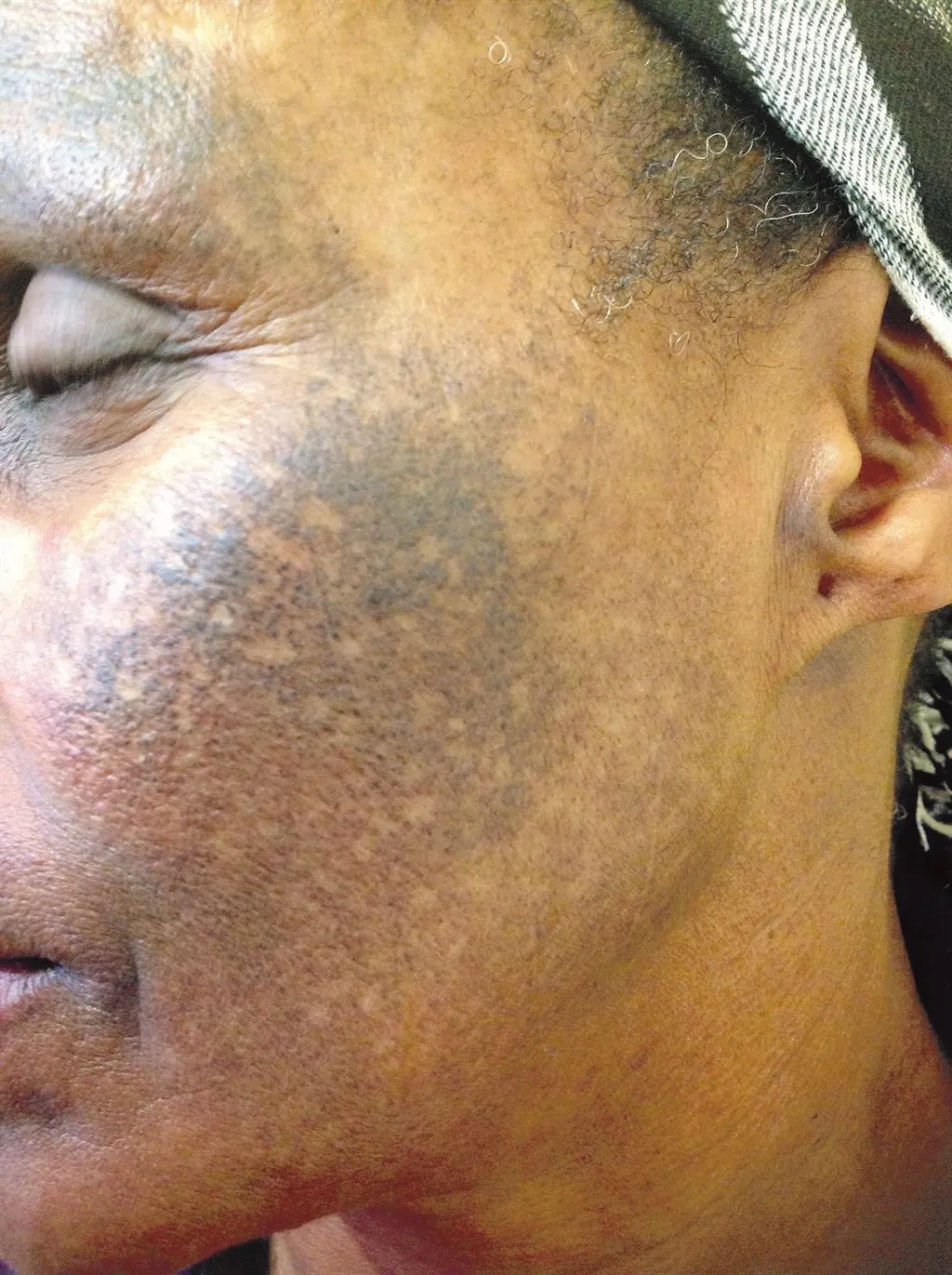
Besides skin thinning, steroid use in skin-whitening products can lead to other serious problems. It can increase the risk of infections, as steroids suppress the immune response in the skin. It can also cause acne, rosacea, and exacerbate existing skin conditions. In addition, the body can become dependent on steroids, leading to withdrawal symptoms when use is discontinued. The long-term use of steroids on the skin can also lead to systemic absorption, causing side effects such as weight gain, increased blood sugar, and high blood pressure.
Identifying Steroid-Related Skin Changes
Identifying steroid-related skin changes can be challenging, but there are key indicators. Skin thinning is one of the most noticeable, along with easy bruising, stretch marks, and prominent blood vessels. The skin may appear shiny and more sensitive to sunlight. Any sudden changes in skin texture or appearance, particularly after using skin-whitening products, should prompt a consultation with a dermatologist. Early diagnosis and treatment can help manage the effects of steroid use and prevent further complications.
3 Bacterial and Fungal Infections
Skin-whitening products can disrupt the skin’s natural barrier, making it more susceptible to bacterial and fungal infections. The use of these products can compromise the skin’s protective function, allowing pathogens to enter and cause infections. In addition, some products may contain ingredients that promote the growth of bacteria and fungi. Infections can range from mild to severe, leading to skin inflammation, pus-filled lesions, and, in some cases, systemic infections. Prevention and prompt treatment of infections are crucial for maintaining skin health.
Common Infections from Skin Whitening

Common bacterial infections include impetigo, cellulitis, and folliculitis, characterized by redness, swelling, and pus. Fungal infections such as ringworm and candidiasis can also occur, leading to itching, rashes, and discomfort. These infections can worsen if left untreated, potentially causing scarring or more serious health complications. Recognizing the symptoms early and seeking appropriate medical care, including antibiotics or antifungal medications, is vital for effective treatment and recovery.
Preventing Infections During Skin Whitening
To prevent infections during skin whitening, avoid products with unknown ingredients, and discontinue use if irritation occurs. Maintain good hygiene practices, such as washing hands before touching the face and avoiding sharing personal items like towels and razors. Protect the skin from sun exposure, as it can exacerbate inflammation and increase the risk of infection. Consider consulting a dermatologist for advice on safe skin care routines and appropriate treatments for any skin concerns.
4 Skin Cancer
Some skin-whitening products can increase the risk of skin cancer. Many skin-whitening products contain hydroquinone, which, when used long-term, can increase the risk of ochronosis, a condition that can increase the risk of skin cancer. Furthermore, the skin becomes more vulnerable to sun damage when the melanin content is reduced. This vulnerability can increase the likelihood of developing skin cancer. Regular skin checks and protection from sunlight are essential for those who have used skin-whitening products.
The Link Between Skin Whitening and Cancer
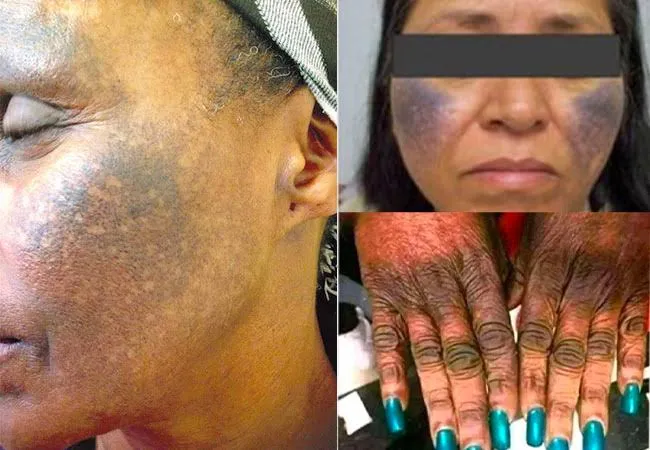
The connection between skin whitening and cancer is multifaceted. Hydroquinone, a common ingredient in skin-whitening products, has been linked to ochronosis, a condition that can increase the risk of certain types of skin cancer. Prolonged use of these products weakens the skin’s natural defenses, making it more susceptible to sun damage and other environmental factors that can lead to cancer. It’s vital to understand this link and adopt preventive measures, such as regular skin exams and sun protection, if you use skin-whitening products.
Recognizing Signs of Skin Cancer
Recognizing the signs of skin cancer is crucial for early detection and treatment. Look for changes in moles, such as an increase in size, shape, or color. New growths on the skin, sores that do not heal, and unusual bleeding are also warning signs. If you notice any of these changes, consult a dermatologist immediately. Early detection can significantly improve the chances of successful treatment and reduce the risk of severe health complications.
5 Kidney Damage
Certain skin-whitening products contain substances, such as mercury, that can cause kidney damage. When absorbed through the skin, these substances can accumulate in the kidneys, leading to inflammation, impaired function, and, in severe cases, kidney failure. The long-term effects of kidney damage can include high blood pressure, anemia, and other serious health problems. Regular monitoring of kidney function and avoiding potentially harmful products are essential preventive measures.
How Skin Whitening Products Affect Kidneys
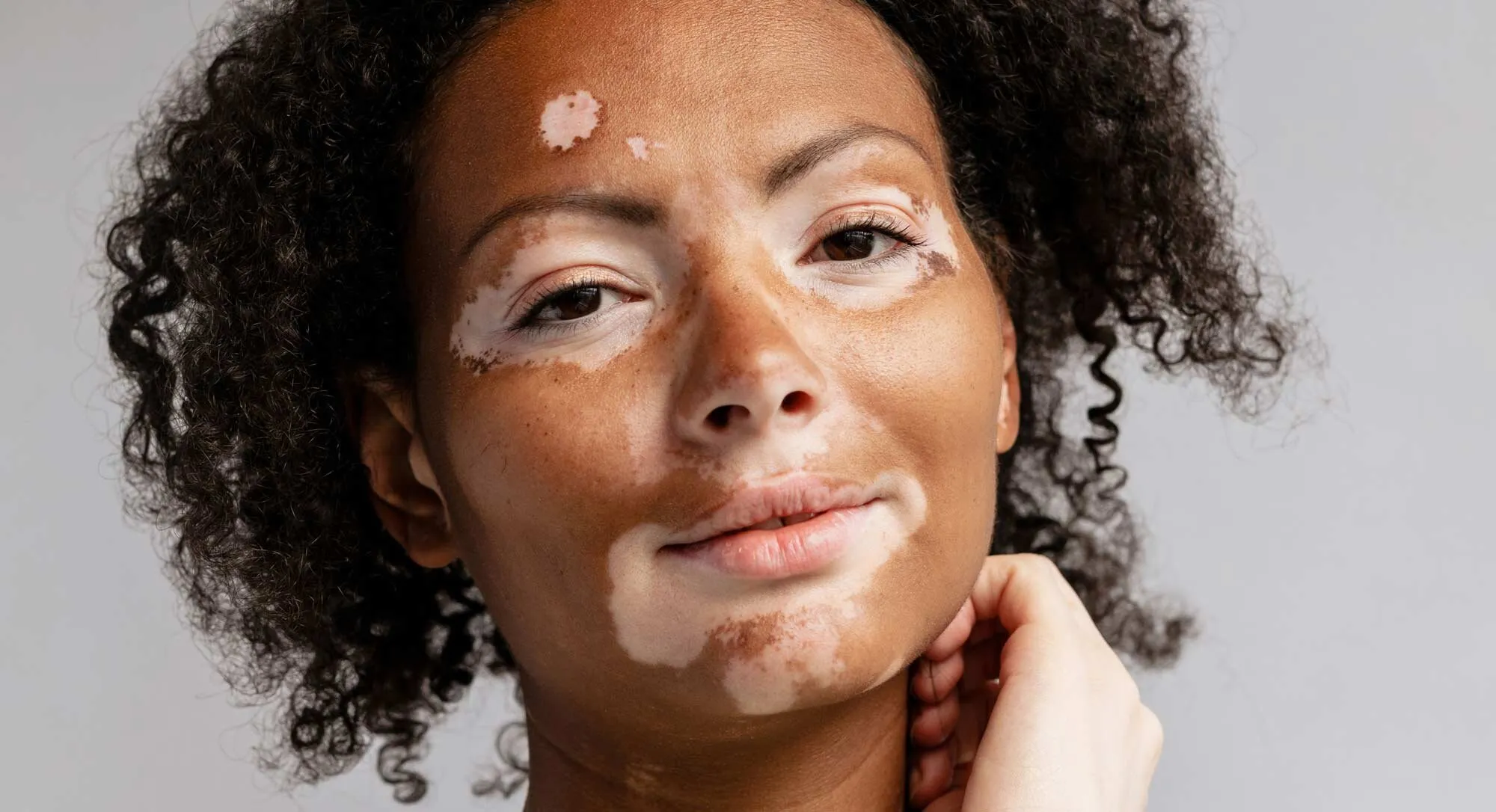
Skin-whitening products can affect the kidneys directly and indirectly. Mercury, a common ingredient in some products, is nephrotoxic, meaning it damages the kidneys. The kidneys are responsible for filtering the blood and eliminating toxins. When exposed to mercury, the kidney’s ability to function is impaired, and it can lead to serious health issues. In addition, the body’s response to infections, related to the use of these products, can also put strain on the kidneys.
Symptoms of Kidney Damage
Symptoms of kidney damage can be subtle at first, but they can worsen over time. Early signs include fatigue, swelling in the legs and ankles, and changes in urination patterns. As kidney damage progresses, symptoms such as high blood pressure, loss of appetite, and nausea may develop. If you suspect you have kidney damage, seek immediate medical attention. Early diagnosis and treatment can help prevent kidney failure and other serious complications.
Healthier Alternatives & Safe Practices
Consulting with a Dermatologist
If you are considering skin whitening, consulting with a board-certified dermatologist is the first and most crucial step. A dermatologist can evaluate your skin type, identify any underlying conditions, and recommend safe, effective treatments. They can also educate you on the potential risks of skin whitening and help you make informed decisions about your skin care. Dermatologists can provide personalized treatment plans that address your specific concerns while minimizing the risk of adverse effects.
Safe Skin Care Routines
Maintaining a healthy skin care routine is essential for achieving a clear and even complexion without risking your health. Focus on gentle cleansing, moisturizing, and protecting your skin from the sun. Use sunscreen with a high SPF every day, even on cloudy days. Consider using products with proven ingredients like vitamin C, niacinamide, and alpha-hydroxy acids (AHAs), which can help improve skin tone and texture safely. Avoid harsh chemicals and abrasive treatments. Always check with a dermatologist before introducing any new products into your routine.
Conclusion
The pursuit of skin whitening can expose individuals to severe and potentially life-threatening diseases. The risks associated with skin whitening products, from mercury poisoning and steroid-induced skin thinning to infections, skin cancer, and kidney damage, underscore the importance of caution and informed decision-making. Prioritizing skin health through safe practices, consulting with a dermatologist, and using proven skincare ingredients is key. Understanding the motivations behind skin whitening, recognizing the associated health hazards, and adopting safe alternatives can help individuals achieve a healthy, radiant complexion without compromising their well-being.
